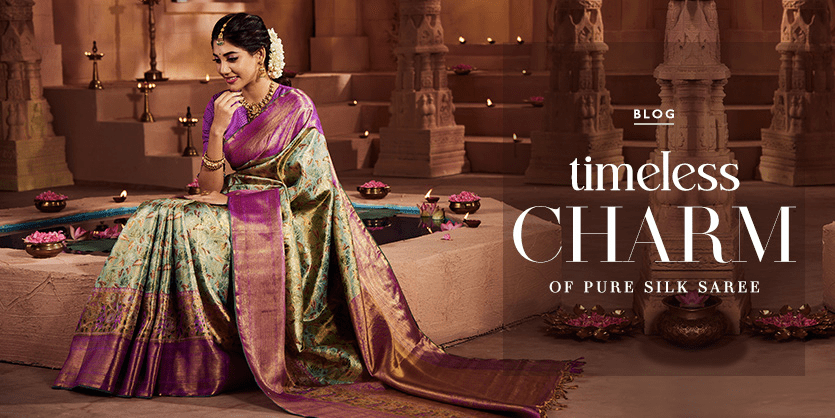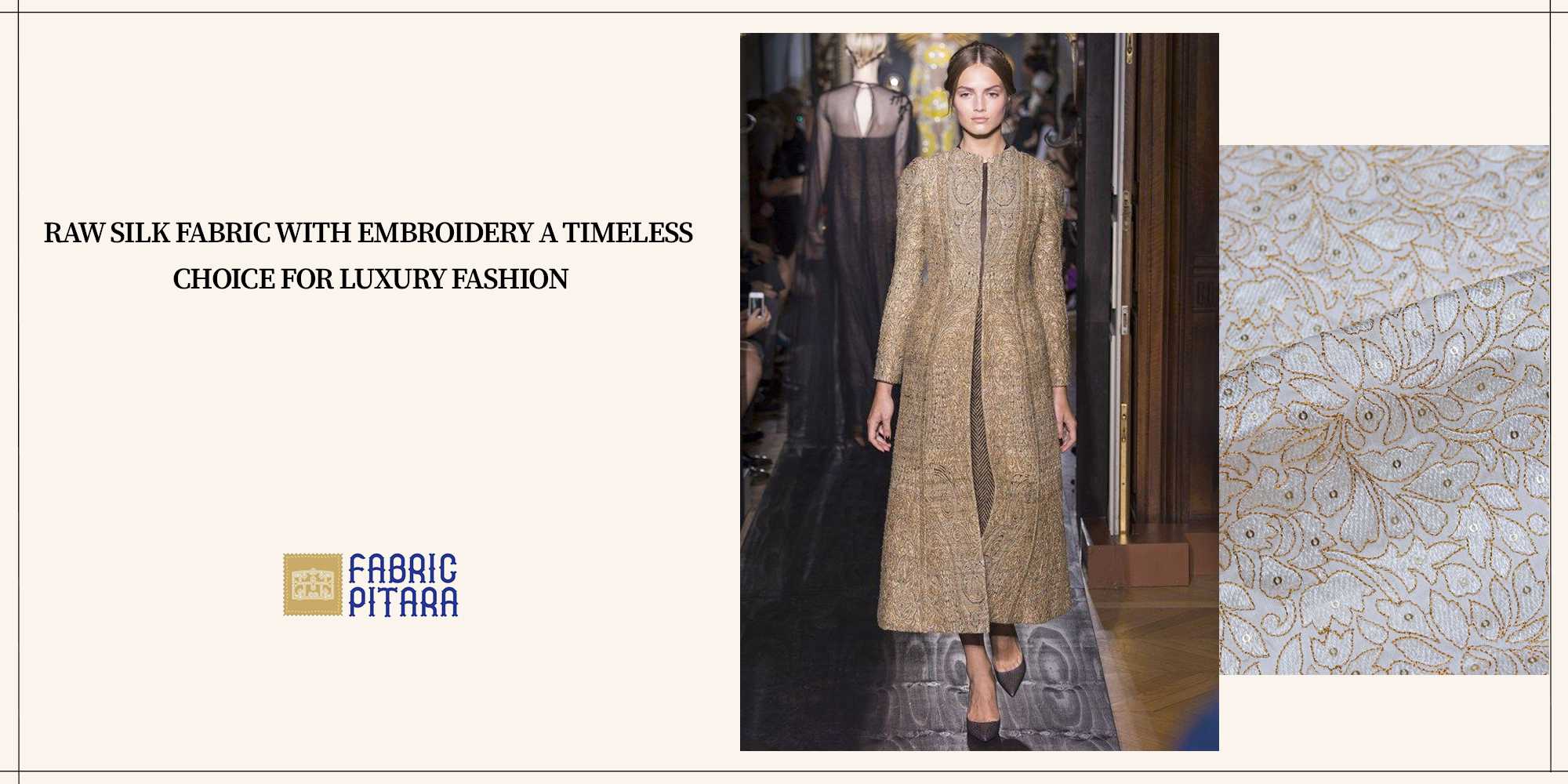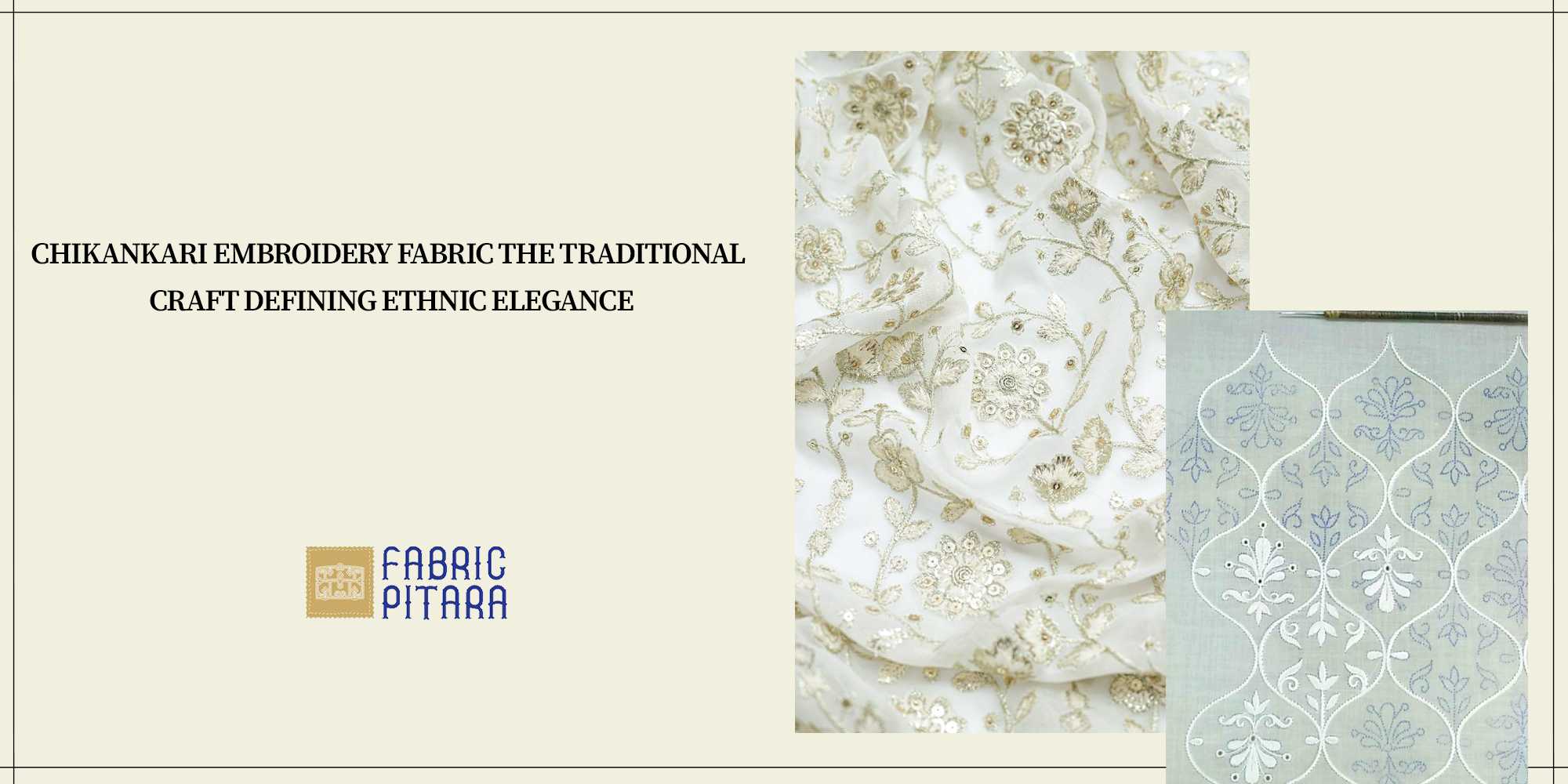
The weaves of history, craftsmanship, and cultural heritage are threads that adhere to timeless beauty; hence, they stand the test of time through generations. They are, needless to say, elegant pieces of garments cherished for centuries not just for their feeling of luxury but also for the stories they carry and the traditions they represent.

A Rich Tapestry of History
History suggests that the evidence of wearing silk sarees extends back to the ancient age of India where silks were associated with royalty and affluence. Legends talk about beautiful Banarasi sarees made with pure gold and silver threads and being worn by queens during prolonged celebrations of any bigger event beginning there. From the bright Kanjeevarams of Tamil Nadu to the fine Chanderis of Madhya Pradesh, every region of India has its own exclusive style of silk saree, a rainbow of colours and motifs with different weave techniques.
Craftsmanship and Creation
The art of making a silk saree requires a great amount of precision and patience. The foremost thing is to select the raw silk, which is a very radiant piece of fabric backed by several strengths. The silk threads are then dyed by fine artisans with natural or artificial colours depending upon the shade required. Weaving is another elaborate process, though most of the weavings are via handlooms. The traditional method of using the pit looms continues to weave magic in places like Varanasi and Mysore when it comes to masterly made sarees of exceptional class and unexcelled skill.
The motifs used in silk sarees are not merely aesthetic; they are also symbolic. Some of the most common are the peacock, lotus, and mango, which represent fertility, prosperity, and beauty. Every motif is skillfully embedded into the design of the saree; in many cases, techniques like zari-that is, metallic thread-or beautiful embroidery are used to add to its beauty.
Cultural Significance and Tradition
More than a matter of aesthetics, silk sarees have a much deeper cultural connotation in society. They are the traditional wear for weddings and any auspicious religious ceremonies and also worn largely during any festive occasion, Reflecting Grace and tradition. In India no trousseau is complete without at least one heirloom silk saree, which passed on through generations as a valuable legacy.
Over the last decade or so, silk sarees have been globally acknowledged also for their artistry and beauty. Fashion designers and enthusiasts across the globe appreciate the versatility of the saree, attempting modernistic interpretations while respecting its traditional ancestry. Even red carpets see Bollywood stars adorning exquisite silk sarees, which enhances their stature as timeless emblems of Indian fashion.

The Future of Silk Sarees
As we embrace modernity, this art of silk saree weaving goes through challenging times. Mostly, rising production costs, which alter consumer choices, bring in innovations in designs and marketing. Sustainable practices-like eco-friendly dyes and concepts of fair trade-are becoming increasingly important for both the artisans as well as the consumers.
The attraction of silk sarees, however, persists. The new generations are getting attracted by the magic of a fusion of history, craftsmanship, and beauty. Whether worn as a tail piece at a marriage or kept as a family legacy, each of the silk sarees narrates a different story-a tribute to the legacy India's rich heritage of texture has been able to retain.
In other words, the silk sarees are not mere fabric, but a combination of cultured passion, and when we celebrate its beauty, craftsmanship, and beauty, then we mustn't forget the artists who contribute to this immortal craving for the benefit of future generations.







